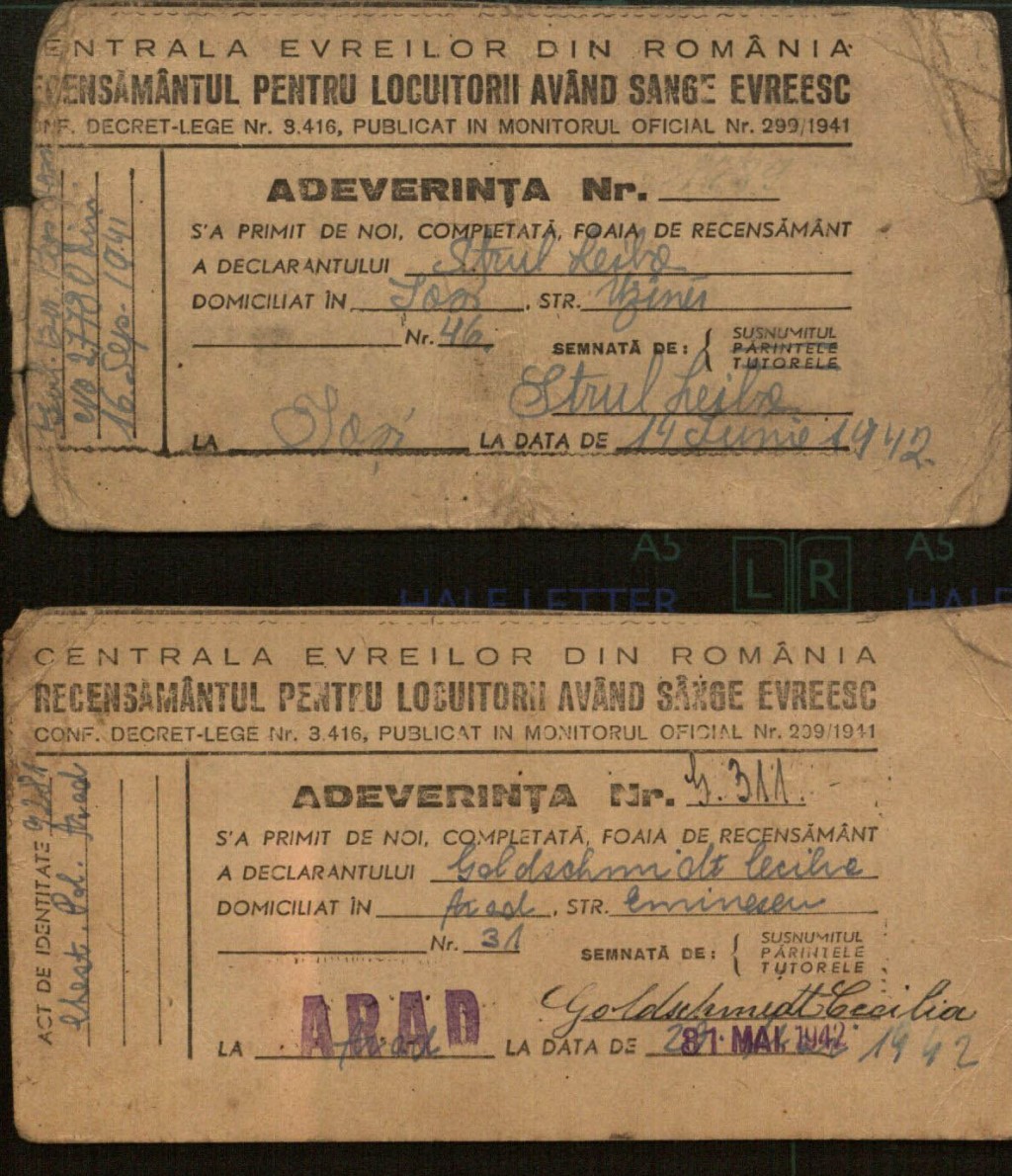
Locating the Victims

The Germans and their collaborators used paper records and local knowledge to identify Jews to be rounded up or killed. Records included those created by Jewish communities of their members, parish records of Protestant and Catholic churches (for converted Jews), government tax records, and police records, including registries of Jews compiled by local, collaborating police.
In both Germany and occupied countries, Nazi officials required Jews to identify themselves as Jewish, and many complied, fearing the consequences if they did not. In many countries occupied by or allied with Germany during World War II, local citizens often showed authorities where their Jewish neighbors lived, if they did not themselves help in rounding them up. Jews in hiding everywhere lived in constant fear of being identified and denounced to officials by individuals in exchange for monetary or other rewards.
The location and identification of Nazi victims did not rely on modern technology, as sometimes claimed in the popular media. It is true that punch card machines produced by Hollerith Machine, a subsidiary of the American company IBM (International Business Machines), were used in Nazi Germany, as in the United States and many western European countries in the 1920s and 1930s, for processing and sorting information on households that had been gathered by census workers going door to door. Aggregated census data processed by Hollerith machines could provide the Nazi government with information on how many Jews lived in a particular German city, since the census of 1939 included data on “race,” identifying who was a Jew as defined by the Nuremberg Laws.
Technology even for such limited purposes as census tabulations, however, would not have been found in economically less developed German-occupied eastern Europe where the vast majority of Jews lived. About 75%, or 4.5 million of the 6 million Jews killed in the Holocaust, lived in Poland, the Baltics (Lithuania, Latvia, Estonia), and the Soviet Union, in many cases in mostly Jewish communities readily located by the Germans and their collaborators.
Hollerith machine technology was introduced at the headquarters of the concentration camp system in 1942 and was used there not to locate and identify people to be killed (this was done by paper record) but as a way of managing and tracking data on living prisoners. This was particularly true with regard to their professional and occupational skills, some of which the Germans needed to support their war production. For example, Hollerith technology could inform the SS on the availability of tailors throughout the concentration camp system to enable camp administrators to get tailors to where they were most needed.

